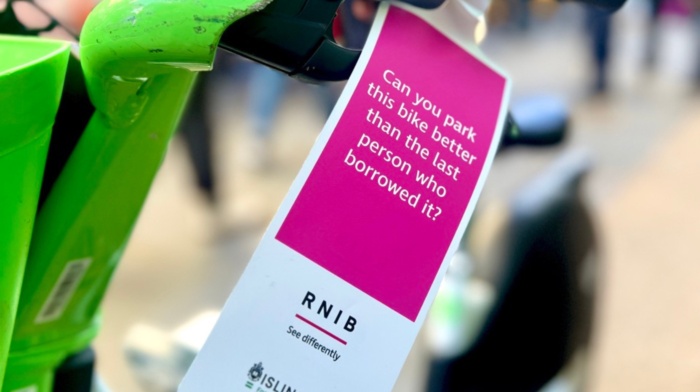
Most people say that they don’t litter their gum, and the general assumption has been that a small cohort of people drop most of the gum they chew. However, in-depth ethnographic research we commissioned back in 2016 shows that gum litterers come in all shapes and sizes and ‘situation’ is more important in determining the likelihood of littering than the individual themselves. In fact, it is more accurate to say most people don’t drop their gum most of the time.
Gum litter, once stuck on the pavement, is unsightly and difficult to remove, making it a burden for local authorities. Over the last 7 years we have worked with Mars Wrigley to develop and test interventions to reduce gum littering, with evaluations showing reductions in littering rates of over 60%, or even as much as 80% when combined with a cleanse.
Last year saw us scale up this work as the prevention delivery partner of the Chewing Gum Task Force — a five year scheme to reduce gum litter on the streets of all 4 UK nations. It will see up to £10 million invested by Mars Wrigley, Perfetti Van Melle, and some nicotine replacement therapy gum producers, and is administered by environmental charity Keep Britain Tidy with the backing of Defra.
The scheme allows councils across the UK to apply for grants to cleanse gum from the streets in their local area, alongside a bespoke package of behaviour change signage we supply. We have 10 different tried and tested interventions, which incorporate behavioural science concepts including social norms, affect and salience. The signage comes in a range of formats, including bin stickers, lamp post signs, window stickers and even pavement stencils.
We have now come to the end of Year 1 the scheme, which saw us send out signage to 56 different councils — a total of 11,765 items, the favourite being our famous kitten with its paw stuck in gum, with more than 5,000 kittens now out there reducing litter in 32 councils around the UK! Initial evaluations have been strong (as much as 80% reduction, measured in Newport) and we will undertake further measurements 6 and 12 months after the first, to establish long term trends.
We’re now rapidly gearing up to kick off Year 2 later this month — watch this space!
Share
RELATED ARTICLES
Case study

Let's hit the brakes on hire bikes
Honica shares the collaborative intervention that reduces bike obstructions across Islington
22/03/24
Read moreOpinion

Where were you during the great vegetable war of 2023?
How 2024 might just be the year we cut food waste, plastic and start enjoying our carrots more too
13/01/24
Read moreProjects

Are you hearing us?
How we optimised RNID's online hearing check ahead of their successful Check Your Hearing campaign
12/10/22
Read more